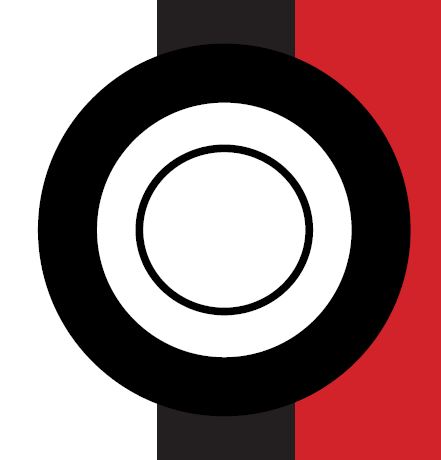The early ‘90s had a surge in gaming thanks to the Sega Game Gear. First, there was the Nintendo Entertainment System in 1991, then the Sony Playstation in 1995. However, the key franchise and system most people remember is Pokémon and the Game Boy Color. The franchise is an example of the series that grew from a set of games into a cultural phenomenon.
Pokémon was created in 1996 by Satoshi Tajiri. The concept for the game stemmed from
his childhood where he caught and studied bugs. The term Pokémon is the combination of two Japanese words that translate to ‘Pocket Monster.’ The games had a simple concept: be the best trainer that ever was and catch all 151 original species of Pokémon.
The game resonated with millions of people, and it grew to become a powerhouse during the late ‘90s and early 2000s.
Pokémon follows a rock-paper- scissors style of combat where every Pokémon is categorized. The Pokémon’s attack would cause damage, do double damage, or half the damage. For example, fire beats grass, grass beats water and water beats fire. There were certain checkpoints, at each part of the game, in the aspect of gyms and cities, which were set to a specific typing based on the name of the city. Every Pokémon had checkpoints, such as evolutions set around level 10 and 30. This culminates in the Elite Four where players’ skills were put to the test as they would use everything they learned to fight the strongest characters in the game.
The Pokémon video games series began with the release of “Pocket Monsters Green and Red” in Japan in 1996. When these original version proved extremely popular, game developers created an enhanced “Blue” version later that year. “Pokémon Red and Blue” were released internationally, while “Green” was never released outside Japan. “Pokémon Yellow” was released the same year as “Red and Blue.” “Yellow” used the color palette of the Game Boy Color and held more of a stylistic resemblance to the anime.
The craze blew up even more when the anime started airing on Cartoon Network in 1997. People watched the show, played the game, played the card game or some combination of all three. The momentum didn’t stop as it was followed by “Pokémon: The First Movie,” and the second generation games “Pokémon Gold and Silver” and “Crystal” in 2000. The trend slowed as everyone started to age; however, the games continued with many more spinoffs and generations, and the show thrived with many more seasons.
As 2017 proved, Pokémon is still prevalent and even bigger than ever. The game is on its seventh generation with “Pokémon Sun and Moon” and soon “Ultra Sun and Ultra Moon” on the Nintendo 3DS handheld system. The anime is now on its 20th season. It follows Ash as he goes through the Alola region. In Summer 2016, “Pokémon GO” was released and the franchise saw massive success due to the nostalgia of the first generation.
The Pokémon franchise is really a story of “the game that could” as it grew to become one of the biggest phenomenons from the ‘90s. What started in 1996 with a set of three games has expanded to over 122 games, spanning seven in-game generations and regions. The franchise doesn’t seem to be stopping anytime soon as more games are released and ingrained into our pop culture. An untitled Pokémon game will be released for the Nintendo Switch as early as mid-2018.






